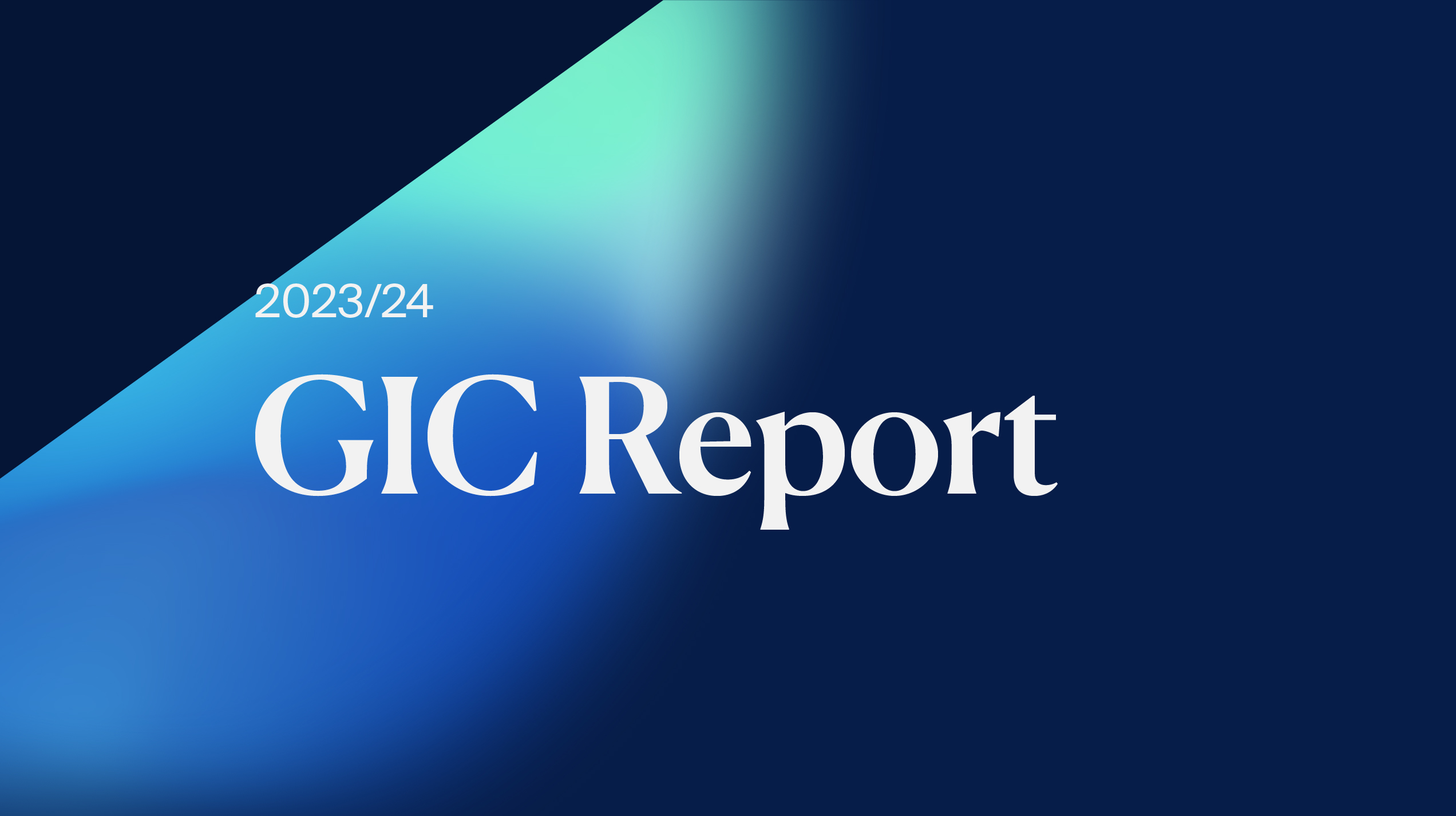This article captures views expressed by Deanna Ong, GIC’s Chief People Officer, at a panel “Man vs Machine” organised by the Nanyang Business School Alumni Office.
In this age of robotics and artificial intelligence (AI), workers may worry machines will take over their jobs. But by leveraging the very traits that make us human, we can ensure our continued relevance in the workplace of tomorrow.
The growing trend of automation and digitalisation
Automation and digitalisation are not new. With the first industrial revolution in the late 1700s, we saw the use of mechanical production, steam power, and railroads. The second revolution took place in the late 1800s with the advent of electricity and mass production. In the 1970s, the third revolution furthered automation through information technology (IT), electronics, and computers.
We are in the midst of yet another wave of change, driven by cloud computing, AI, advanced digitalisation, and the Internet of Things. Our lives have already been transformed by technology.
This affects all industries. Software and AI-powered technologies can retrieve information, handle inventories and logistics, prepare briefs, provide financial services, translate documents, audit statements, diagnose diseases, and even mix cocktails and prepare barista-quality coffee. Computers offer a 24/7 service – processing vast amounts of data faster, more reliably, and more objectively. Going forward, the next generation of robotics and automation will be even more transformative.
The impact on jobs
There have been many forecasts on the impact of automation on jobs. According to a 2018 World Economic Forum study, more than 75 million jobs may be lost in the next four years as companies shift to more automation. Another 133 million new jobs will emerge in the same period, as businesses develop a new division of labour between humans and machines. Machines will create more jobs than they displace by 2022.
At the same time, in many markets, the working population is aging, and in some cases, already shrinking . UN World Population Prospects projects that by 2050, more than a third of the entire world’s population will be above the age of 50. Leveraging automation technologies can help to balance the effects of a shrinking workforce as well as an increasing share of older workers.
With the strengths that sophisticated machines offer, and the shrinking workforce, the trend of growing automation is expected to continue.
Where humans hold the advantage
But humans are superior to machines in three important ways:
- Humans can explore, ask questions, and be open to new ideas and ways of working. Machines cannot compete with humans on creativity.
- Humans are capable of empathy, which is necessary to connect well with people and build meaningful relationships. People can influence emotions, inspire action, express empathy, and use persuasion to sway outcomes in ways that machines cannot.
- Human decision-making can navigate more open-ended scenarios. Machines can process and analyse significant amounts of data to generate insights, but if external factors change along the way, the original algorithms may no longer work. Human intervention is required to adjust programmed assumptions and define the new system rules before the machine can “learn” and evolve.
Simply put, the ‘science’ of decision making that underlies many computer systems remains much less valuable than the ‘art’ , as explained by Ray Dalio, Founder, Co-Chief Investment Officer and Co-Chairman of Bridgewater Associates.
With machines assisting in repetitive, rule-based tasks, humans can spend more time on higher-value work that requires cognitive skills, creativity, and judgment – characteristics that machines lack.
What workers can do to be future-ready
In many areas, machines will not be able to replace human workers. Instead, man and machine together can produce even better results. This has happened through past industrial revolutions, and will most likely continue in the future.
Humans should therefore focus on doing what machines cannot. Do what complements the use of automation, hone creative thinking skills, embrace fresh ideas, and be adaptable, especially as newer industries and business models develop.
Humans should also be prepared that many jobs will be transformed, and new jobs will be created. The adjustment process in the short to medium term can be painful, due to the mismatch of skills between existing and future jobs as well as the ever-increasing rate of change. To manage this, workers must adopt a growth mindset and a spirit of continual learning, and always be open to upgrading and reskilling themselves.
A future-ready GIC
As part of our continuous drive for enterprise excellence, GIC leverages AI, data analytics, machine learning, and robotic process automation for our day-to-day processes.
With over 1,500 employees, we also reinforce a culture of openness, empathy, and innovation. We are committed to developing our people, providing opportunities for them to learn and grow, and supporting them in taking charge of their own career development.
For instance, GigHub is a platform where GIC employees can collaborate on self-initiated projects outside of their job scope, to improve GIC. Our in-house innovation lab, GIC Labs, creates novel and customised solutions, and undertakes research on tech trends that can be implemented enterprise-wide. Technology specialists are embedded in our investment teams, so that data analytics and insights can be applied for better underwriting and investment decisions. GIC School, our dedicated Learning & Development academy, offers individual and team development programmes to complement on-the-job training.
At the same time, we recognise that effective teams are key to GIC’s success. All managers must live up to a comprehensive, rigorous set of leadership expectations. Teams also undergo curated programmes that facilitiate a high-trust environment built on meaningful relationships, honest conversations, and positive team energy.
Ultimately, automation and digitalisation are here to stay. To adapt to this changing reality, workers need not be fearful of machines. A more constructive way of thinking about this is to consider how humans and machines can add value to each other, with each party’s strengths filling in for the other’s weaknesses.
Together, man and machine have the makings of a formidable alliance.






